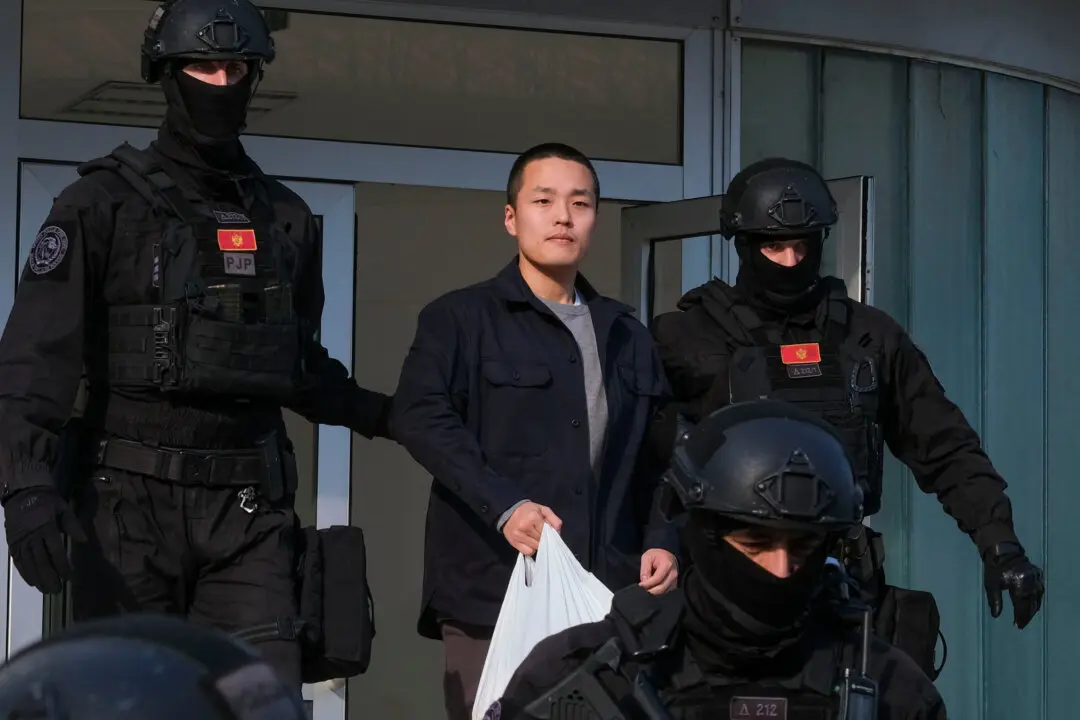COLUMBIA, S.C.—People across South Carolina got an object lesson Monday in how you can dodge a hurricane and still get hammered.
Authorities struggled to get water to communities swamped by it, and with waterlogged dams overflowing, bridges collapsing, hundreds of roads inundated, and floodwaters rolling down to the coast, the state was anything but done with this disaster.
“This is a Hugo-level event,” said Maj. Gen. Robert Livingston, head of the South Carolina National Guard, referring to the September 1989 hurricane that devastated Charleston. “We didn’t see this level of erosion in Hugo. ... This water doesn’t fool around.”
Much-feared Hurricane Joaquin missed the East Coast, but fueled what experts at the National Oceanic and Atmospheric Administration called a “fire hose” of tropical moisture that aimed directly at the state. A solid week of rainfall killed at least 12 people, sent about 1,000 to shelters, and left about 40,000 without drinkable water.
One of the latest to die was McArthur Woods, 56, who drove around a barricade and drowned Sunday night. His passenger managed to climb on top of the sedan, which stalled in the rushing water. A firefighter rescued her after someone heard her screams.
“She came out the window. How she got on top of the car and stayed there like she did with that water— there’s a good Lord,” Kershaw County Coroner David West said.
By Monday, the heaviest rains had moved into the mid-Atlantic states. Along the Jersey Shore, some beaches devastated by Superstorm Sandy three years ago lost most of their sand to the wind, rain, and high surf.
South Carolina authorities mostly switched Monday from search and rescue into “assessment and recovery mode,” but Gov. Nikki Haley warned citizens to remain careful as a “wave” of water swelled downstream and dams had to be opened to prevent catastrophic failures above low-lying neighborhoods near the capital.





